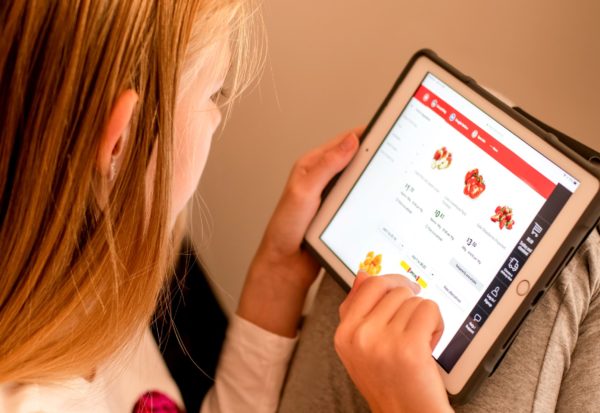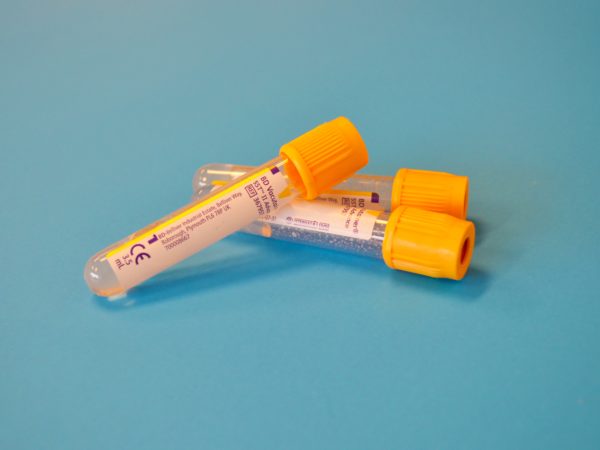Geelong’s longest running and largest population-based study will start recalling its male cohort for a 15 year check-up this month using new technology to help gather data about bone strength.
The Geelong Osteoporosis Study (GOS) began in the mid-1990s with 1500 women selected randomly from local electoral rolls to investigate the pattern of osteoporosis in the general population and to identify risk factors for fracture.
A male cohort was recruited from 2001.
The same groups of men and women are recalled every two or five years to undergo bone density tests and other clinical examinations to collect longitudinal data about physical and mental health in the population.
Over time, the study has achieved a number of “firsts,” breaking the news in 2011 that the prevalence of osteoporosis and osteopenia, a potential precursor to osteoporosis, in Australians was far higher than previously thought.
GOS researchers also developed the reference ranges for bone density scans used clinically to identify people at risk of fracture, were one of the first groups to show that fracture rates change with seasonal variations in vitamin D and the first to report a link between high inflammation and a higher risk of both fracture and depression.
Now, in its 23rd year, the study is enjoying yet another first.
GOS Chief Investigator Prof Julie Pasco, who heads up the Epi-Centre for Healthy Ageing at Deakin University’s Research Centre for Innovation in Mental, Physical and Clinical Treatment, together with Associate Prof Mark Kotowicz, Pamela Rufus, Dr Kara Holloway and other researchers, will begin using a new technology to test bone resistance against forming tiny cracks and fractures when they recall the GOS male cohort.
[testimonial_text]We have tested for bone mineral density since the beginning of the study, but this device allows us for the first time to directly measure the ability of bone material to resist the growth and propagation of micro-cracks[/testimonial_text]
[testimonial_picture name=”Professor Julie Pasco” details=”Centre for Innovation in Mental and Physical Health and Clinical Treatment”]
 [/testimonial_picture]
[/testimonial_picture]“It has great potential for assessing fracture risk and managing patients with fractures in a clinical setting.”
The hand-held device has been used in smaller studies overseas, but GOS is the first to use it in a large population-based study and the first to bring the technology into Australia.
Although the study continues to focus on osteoporosis and associated risk factors, the sheer volume of data collected over the years and the size of the sample cohorts means researchers are able to use the information to investigate broader topics such as the patterns of obesity and diabetes in the Geelong region and risk factors for chronic diseases and disorders associated with ageing.
A psychiatric interview was introduced as part of the study some years ago, allowing researchers to look for links between physical and mental health.
“GOS is a huge platform for many interconnected research topics,” Prof Pasco said.
“We’ve monitored the increase of obesity in the region and reported that the problem of morbid obesity among women is growing. We’ve found a reduction in hip fracture rates that is likely to have occurred because of increases in anti-fracture treatments, changes in body composition and health behaviours.
“Now, one of our PhD students is examining the health literacy of the cohort, looking at their ability to seek out, access and use health information.
“Working on a study of this size for such a length of time is a wonderful opportunity to see how patterns of disease change through the years. We are delighted to work with national and international collaborators and see how the involvement of different students can broaden the utility of our data.”



